Fitch is the president and CEO of the Congressional Management Foundation and a former congressional staffer.
A few years ago, I was interviewing a young legislative correspondent for a second-term House member. She told me this: “My boss’s predecessor got elected 40 years ago and before he left office, he advised my boss to individually answer every single letter he got from a constituent.” And I thought about replying: “So you’re basing your constituent engagement strategy on a system designed for the 1980s?”
One of the most common flaws the Congressional Management Foundation has observed in the past decade is that new members of Congress simply inherit the bad habits of their predecessors. The operational demands of remote work, the Select Committee on the Modernization of Congress, and the outstanding progress initiated by the House Chief Administrative Officer in recent years have certainly infused more creativity in congressional operations. Yet the first-term members of the 118th Congress have an opportunity to make additional innovations.
Here are five ideas that new lawmakers in both chambers should consider before finalizing their office plans.
1. Don’t use the term “caseworker.” Congress is saddled with systems and terms invented when the last big push to enlarge congressional office staff came in the 1970s. “Caseworker” comes from the social work community, and often confuses constituents the first time they encounter a congressional staffer with that title. Some offices are getting creative with this title – and our personal favorite is to change the title to “constituent advocate.” With that title, there is absolutely no mystery who is prioritized and what the job is.
2. Shift the constituent mail operation from the legislative director to the communications director. Mail operations and workflows were largely designed in the late 1970s before most offices even had a person with the title “press secretary.” It is more efficient and logical to house all the “public relations” work, including responding to constituent mail, with the communications director. This shift should be part of the job-vetting and initial hiring process. Trying to do this after someone has been hired, and your organizational chart has been established with a legislative correspondent reporting to the legislative director, would be disruptive. This doesn’t mean the communications shop crafts all the messages – articulating policy positions should reside with the LD and legislative assistants. Yet having the CD oversee all the communications in the office allows for greater uniformity and consistency in messaging.
3. Open as few district offices as possible. Remote work during the pandemic demonstrated that most congressional work can be done remotely. You don’t need three or four district offices (and the security and rent that come with them). Unless the district is unusually large, geographically, most House members can suffice their constituents with one or two offices. Creative arrangements with municipal governments and federal buildings can be established to set up “mobile office hours.” Offices that previously have cut back on district offices report they have more of a footprint in the district because their staff conduct significantly more proactive outreach.
4. Establish modern work-flex policies for your office. Prior to the pandemic and remote work in Congress, CMF was counseling congressional offices to consider a range of work-flex options: tele-work, shared jobs, sabbaticals for employees, etc. Post-pandemic CMF’s advice has changed: You don’t have any choice – congressional offices must adopt work-flex policies or you will lose valuable staff. We talked with one freshman chief of staff in early 2021 who had already lost their LD to another office because the member refused to offer her some telework options while another office did. You won’t lose staff to K Street lobby shops and trade associations but your employees will go down the hall and work for another member with modern telework options. CMF has created a very useful Workflex Toolkit for Congress in partnership with the Society for Human Resource Management that should guide you through the questions and steps for adopting work-flex policies
5. Don’t just “respond” to the mail – build trust with constituents. Most aspects of constituent mail operations have not changed in 50 years. The workflow, the language, the review processes – all vestiges of the last century. But a 21st century constituency has Amazon-like expectations. And research is very clear – the current response type and turnaround rate of constituent mail is getting failing grades from your constituents. CMF just published a report, “ Building Trust by Modernizing Constituent Engagement,” intended to help the freshman class do it differently. It’s a how-to guide based on the last five years of CMF research both with Congress and through constituent surveys. Every office should create a Strategic Constituent Engagement Plan to guide your work in a way that does more than just “respond” to inquiries, but that builds genuine trust in our system of government and in the member of Congress.
An innovative trade association leader a few years ago would tell new employees: “Doing things this year the same way we did them last year is just an excuse for not thinking.” In 2020, when the pandemic required offices to immediately move to remote work, CMF was very impressed with the creativity and ingenuity of both leaders and managers to be responsive to the crisis and to constituents. The Class of 2022 has an opportunity to make a similar imprint on Congress, altering their mentality and operations in a way that both adheres to the lofty goals of our nation’s founders to create a more perfect union, and interact with constituents using methods expected from a 21st century constituency.








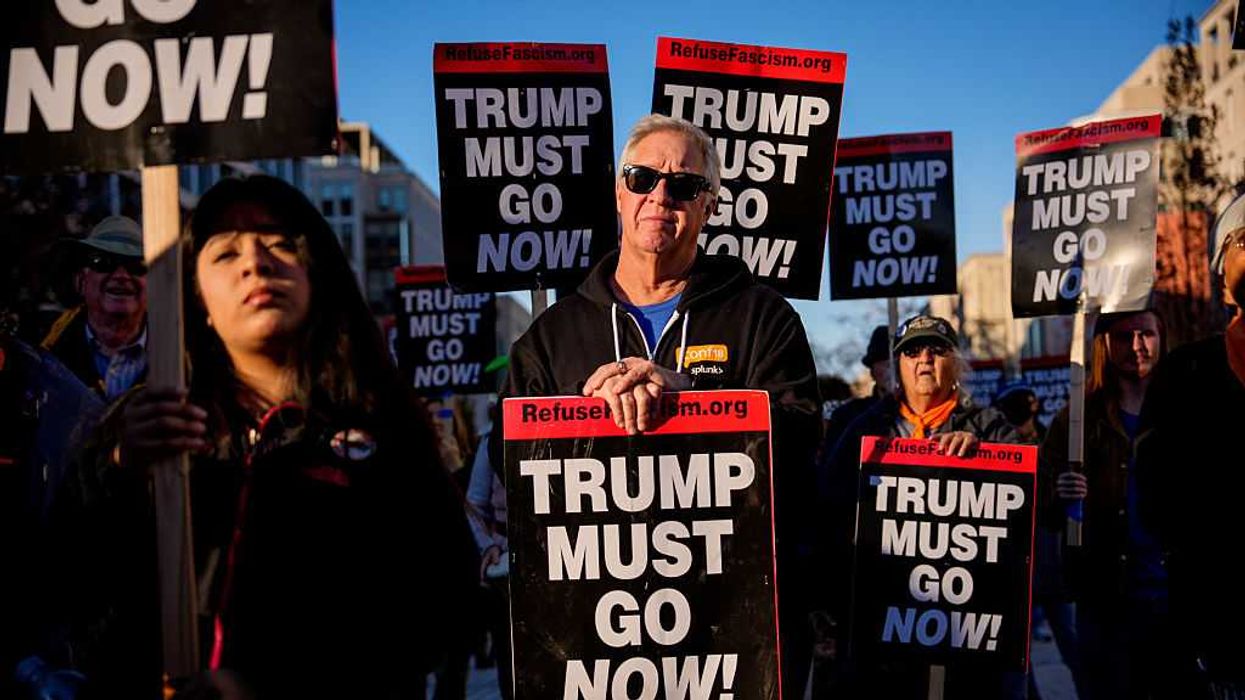
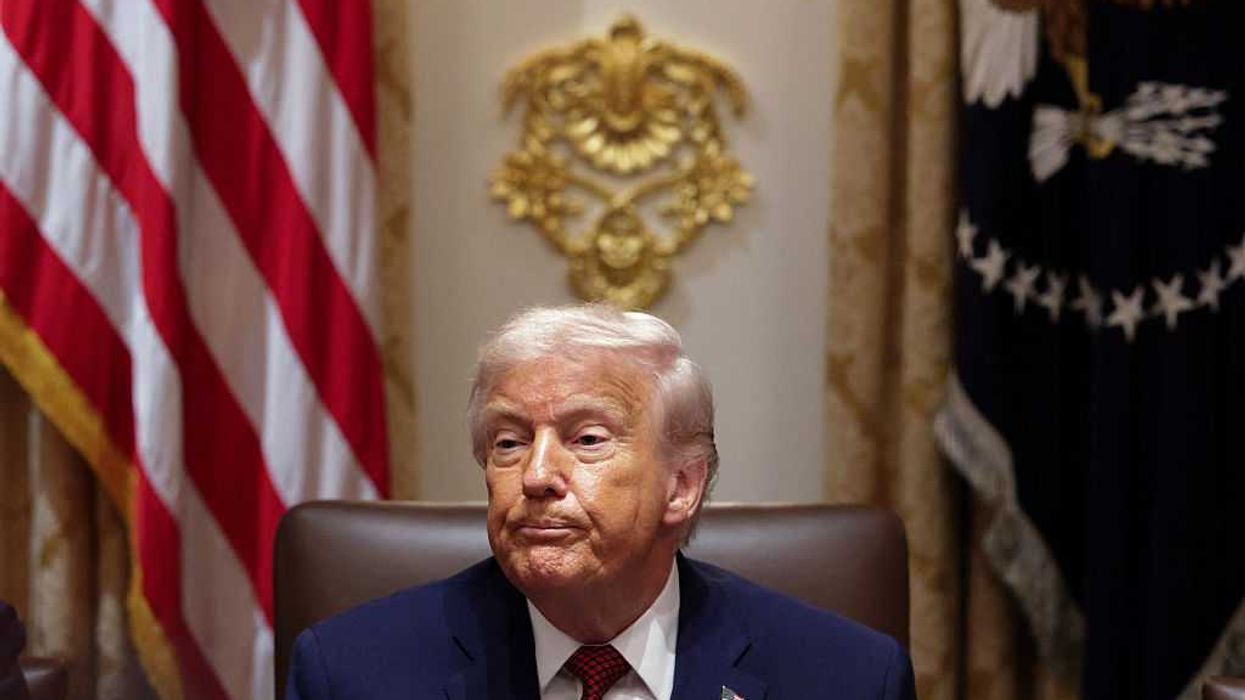





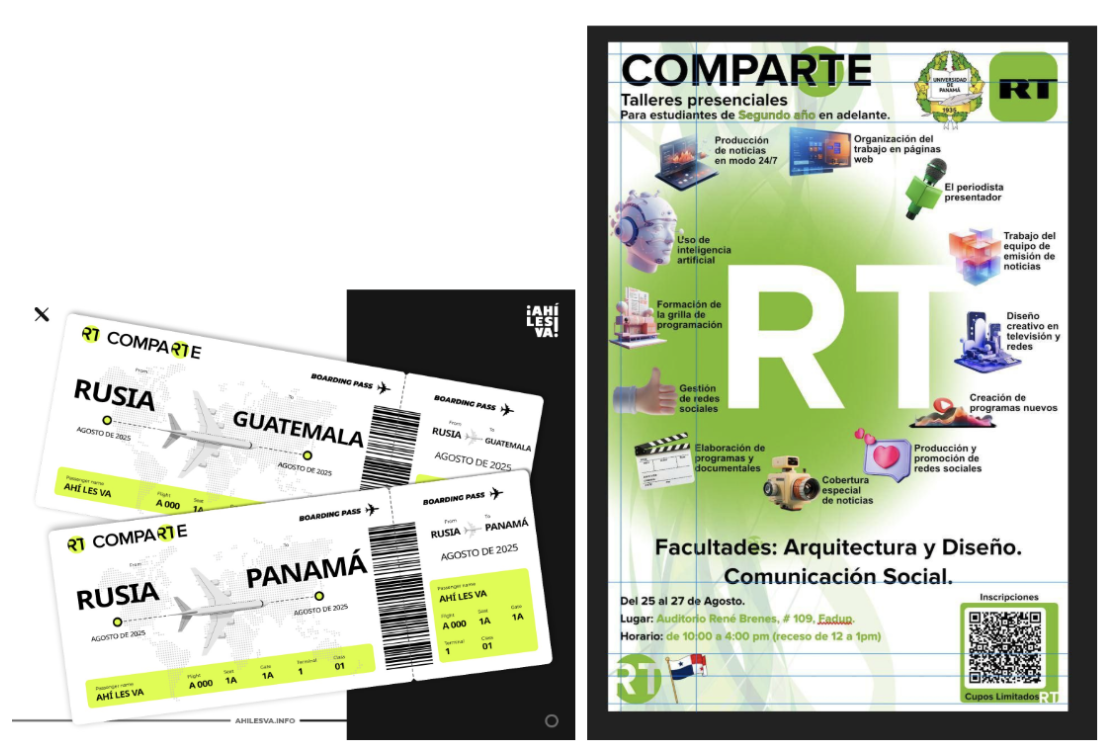






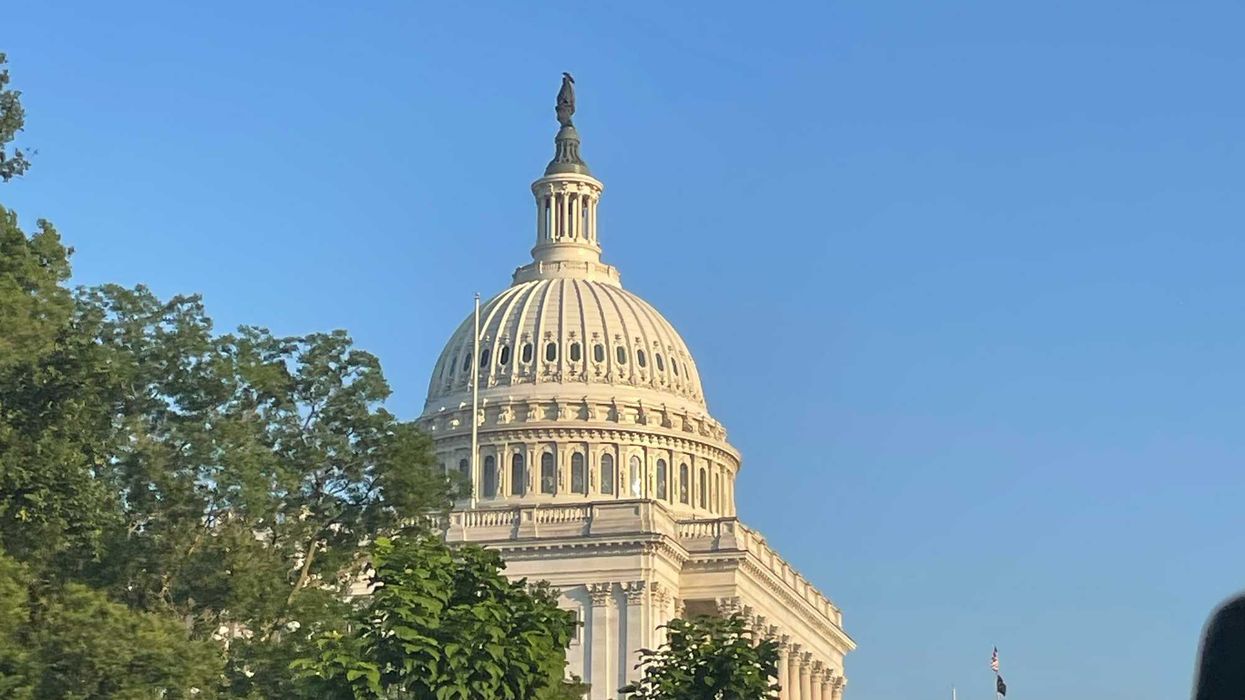
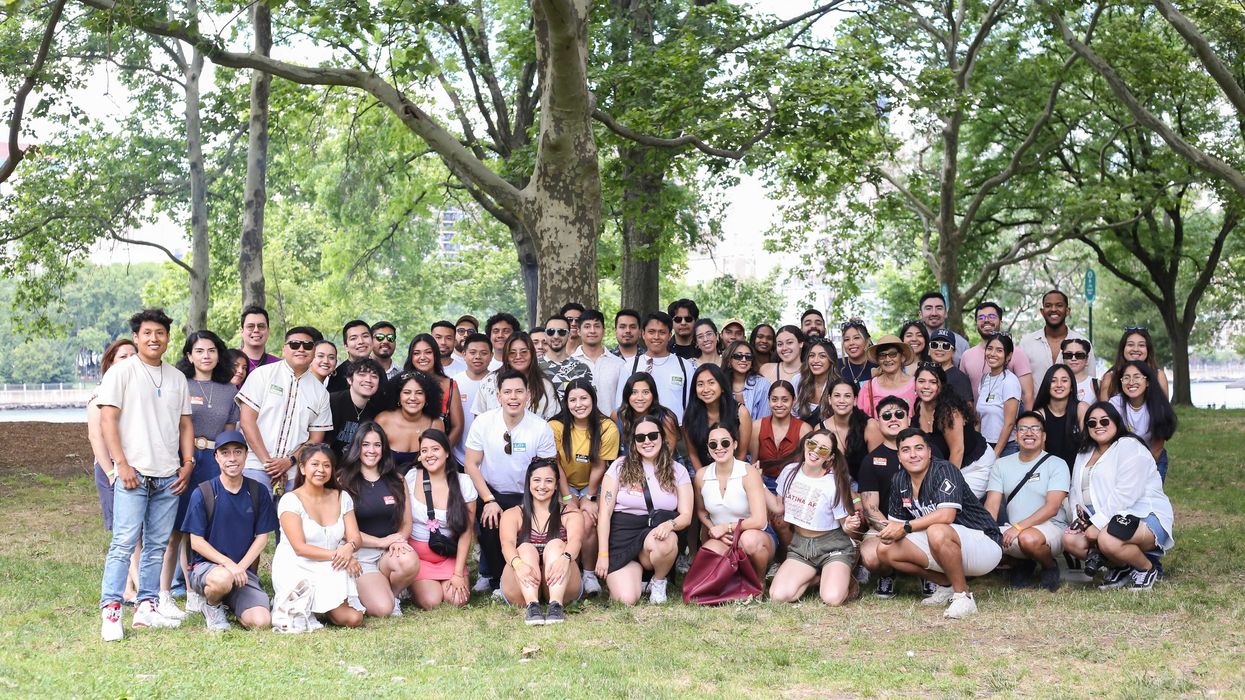
 Source: Corporate Pero Latinos
Source: Corporate Pero Latinos Source: Corporate Pero Latinos
Source: Corporate Pero Latinos Source: Corporate Pero Latinos
Source: Corporate Pero Latinos